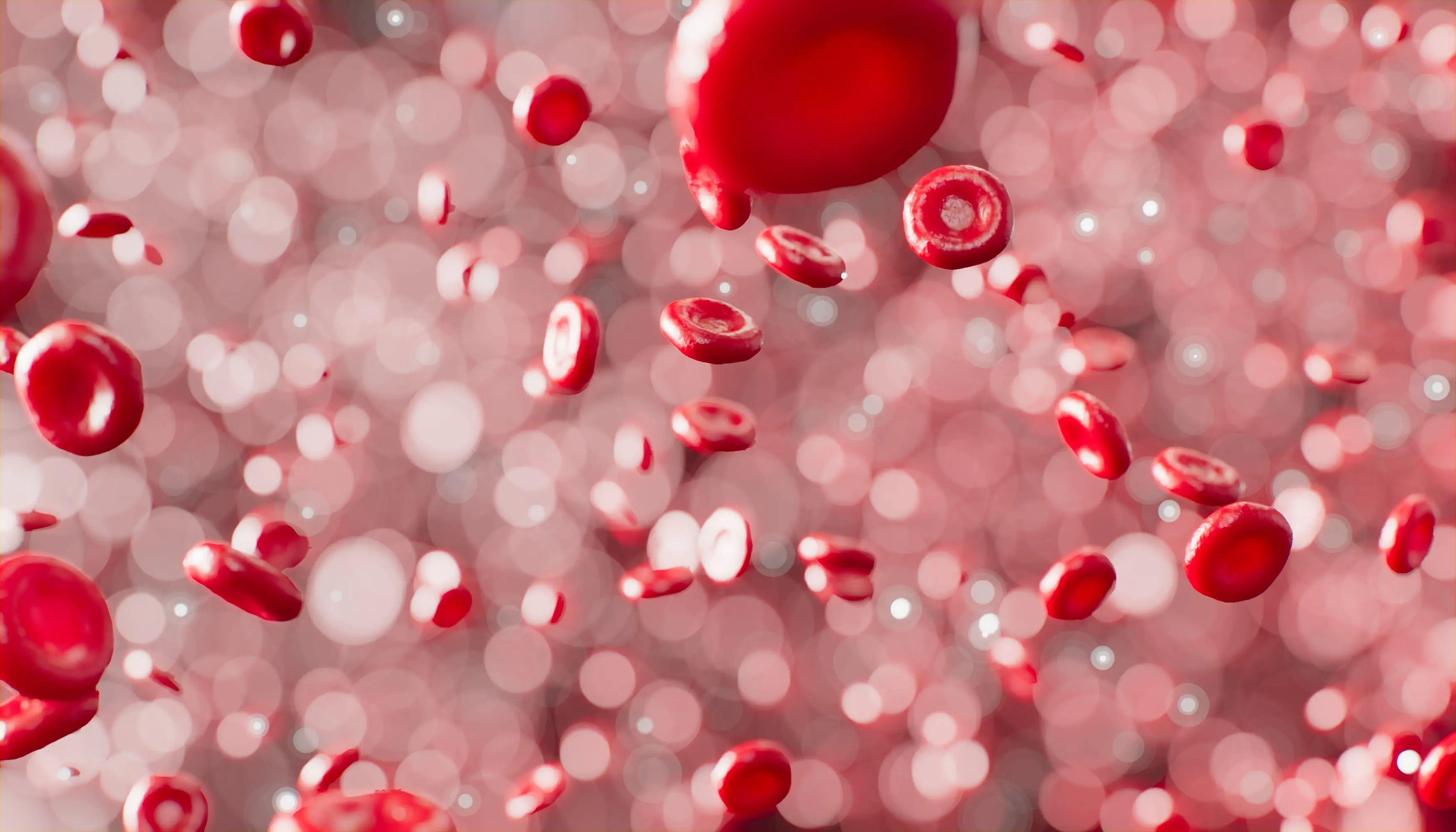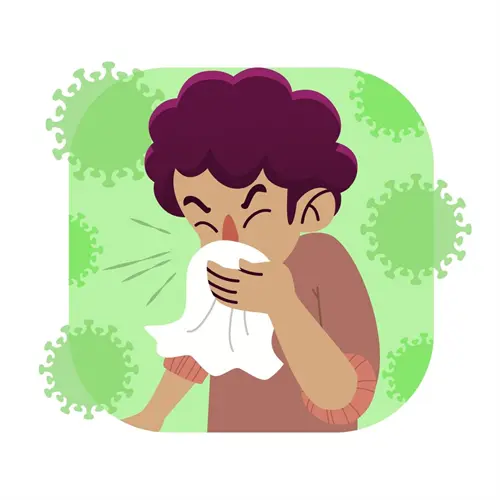Preventive Healthcare
Exploring the Vital Components of Blood: Types, Blood Groups, and Cells
1010 Views
0

Introduction
Blood is one of the most vital fluids in your body. It is slightly sticky and thicker than water as it is made of both solids and liquids. The liquid part of the blood is known as plasma and it consists of water, protein, and salts. Plasma amounts to around 50% of the total volume of blood in the body. The solid portion of the blood is made up of white blood cells, red blood cells, and platelets.
The amount of blood present in your body usually depends on your weight and size. An individual who weighs 70 kg will have around 5 to 6 litres of blood, making up nearly 7 to 8% of their total body volume.
Why is blood important?
Blood is one of the most essential forces for the preservation of human life. Here are some of the general functions of blood.
- It helps transport nutrients, gases, waste products, and hormones through the body.
- It makes up the immune system and thus performs numerous immunological functions.
- It helps in the homeostatic regulation of the body's temperature, pH, and other factors.
Blood Groups
While everybody has the same components of blood, their blood group might differ. There are four major types of blood groups: A, B, AB, and O. Each of these is subdivided into Rh-positive and Rh-negative types.
Knowing your blood group is essential as this is the type of blood you will need when getting a blood transfusion. The Rh factor also plays an important role at the time of pregnancy as an incompatibility of blood between the mother and child can cause issues at later stages.
Components of Blood
Plasma
Plasma is the yellowish liquid that makes the base of blood. It contains 91% water and about 9% solids like plasma proteins, electrolytes, immunoglobulins, and coagulants.
Functions of the plasma
- Coagulation: The fibrinogens and procoagulants like factor x and thrombin present in the plasma help in the process of coagulation.
- Immune response: The plasma contains immunoglobulins which play a major role in the body's immunological defence.
- Maintaining osmotic pressure: The plasma protein albumin maintains the fluid balance in the blood and keeps oncotic pressure close to 25 mmHg.
- Acid-base balance: The balance between acid and base is maintained with the help of buffering action.
- Nutrient transportation: The plasma carries nutrients like glucose, liquids, vitamins, and amino acids from the digestive system to other parts of the body.
- Removal of waste products: The plasma carries away all the waste products from cellular metabolism to the kidneys for removal from the body.
Red blood cells or Erythrocytes
Red blood cells (RBCs) also known as erythrocytes are biconcave discoidal cells that usually lack a nucleus. The iron-rich haemoglobin protein replaces the nucleus and is surrounded by a thin membrane containing proteins and lipids.
Functions of RBCs
RBCs can live for up to 120 days. During their lifecycle, RBCs help to
- deliver oxygen from the lungs to different parts of the body and
- carry carbon dioxide from different body parts back to the lungs.
White blood cells or Leucocytes
The white blood cells (WBCs), unlike RBCs, have a nucleus but not haemoglobin. They make up only 1% of the total volume of blood in healthy individuals.
Types and functions of leucocytes
- Neutrophils: They are the body's first responders and have pathogen-fighting abilities at the site of an infection.
- Monocytes: They aid in cleaning out dead cells and promote tissue regeneration.
- Eosinophils: These cells deal with any invading parasites and bacteria.
- Basophils: They stimulate the release of histamine which occurs in asthma.
- Lymphocytes: These cells provide immunity when your body is exposed to the same pathogen a second time.
Blood procedures
Because blood serves multiple functions in your body, it also acts as one of the best indicators of when something is wrong. Simple blood procedures such as the ones mentioned below can help you identify almost any kind of disease or disorder you may have.
Complete blood count (CBC)
This test is used to count the number of RBCs, WBCs, and platelets in your blood. It also checks the Hematocrit red blood cell volumes as well as the differential blood count. CBC test is the most commonly prescribed blood test and is used to diagnose anaemia, blood disorders, and a few types of blood cancer. Using the CBC reports, your doctor is able to keep track of infection or blood loss in the body and also gauge how an individual is responding to cancer treatment.
Platelet count
This procedure is mainly used to monitor or diagnose clotting or bleeding disorders.
Prothrombin time (PT) and partial thromboplastin time (PTT)
The purpose of this procedure is to evaluate if you have a bleeding or clotting disorder. Prothrombin time test also helps monitor your body's response to anticoagulation therapies.
Book CBC Test
Conclusion
Blood is one of the most complex components of your body. It consists of different types of blood cells which carry out different types of functions. Regular blood tests can help you get a clear idea of your overall health and catch any underlying conditions at an early stage. Metropolis Labs is one of India's best diagnostic centres. They are customer focused and provide you with accurate test results. They also offer at-home sample collection service for your convenience.























 WhatsApp
WhatsApp